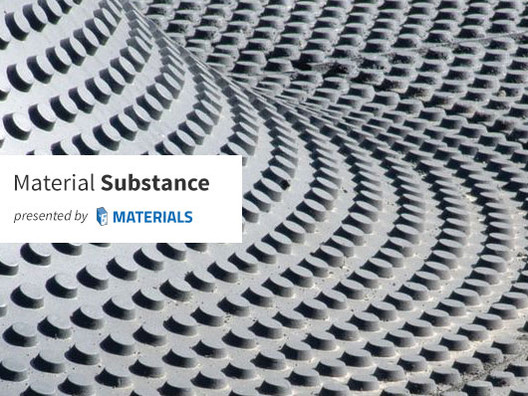
The following is the first article of Material Substance, a column, penned by Christopher Brenny and presented by AD Materials, which investigates the innovative applications of materials in architecture.
A material is nothing without a process. The characteristics of plastic, for example, vary dramatically depending on where and how the raw material is applied during the forming process. The same material can be used to create a bag, a solid container, or a woven textile. The difference between a disposable water bottle and carpeting is so distinct that one could not make the material connection without some foreknowledge of the manufacturing process of each.
The result of this material ecosystem is a scenario in which design and manufacturing must inform one another. This connection often moves so slowly in the building industry that it is difficult to perceive and very slow to adapt. Shape memory alloys such as nitinol (muscle wire), for example, are gradually moving into public nomenclature. While the novelty of such materials is ripe for exploration, application has proven difficult as the cost of such materials is quite prohibitive. Shape memory alloys, unless they are developed using more abundant metals such as aluminum, will likely remain a niche product developed for very specific applications.


